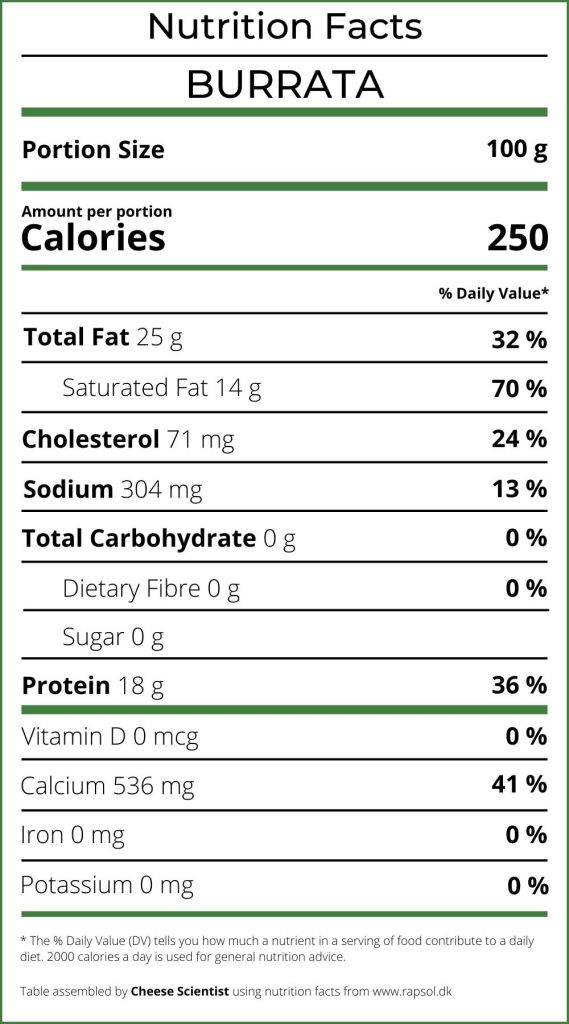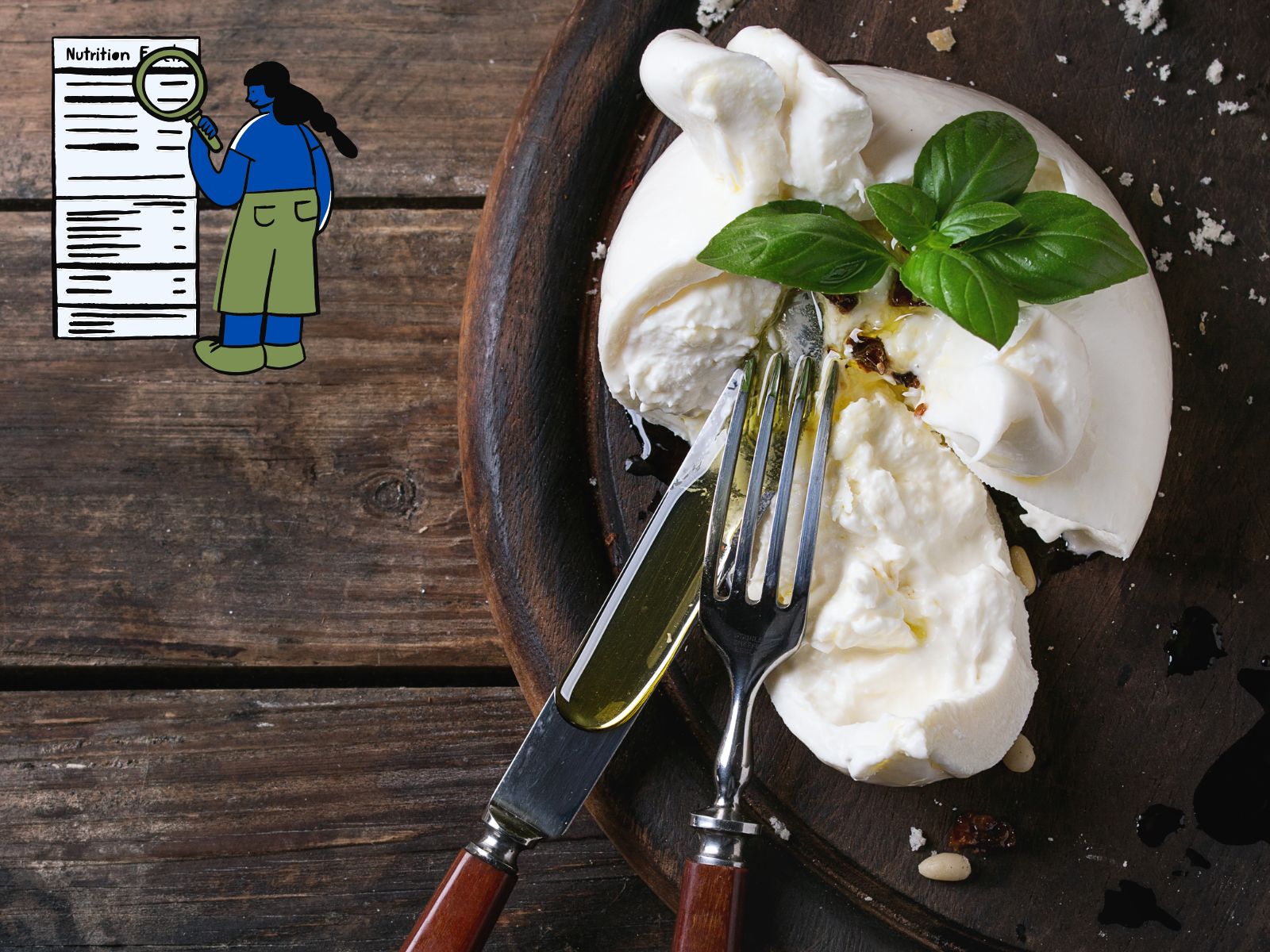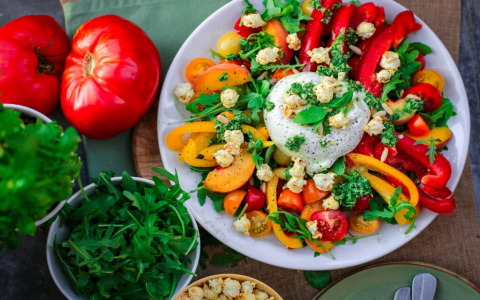So, I’d been hearing about burrata for ages, seeing it on menus, looking all fancy. For the longest time, I just nodded along, pretending I knew exactly what it was. But then I actually tried it, and man, that creamy center! It got me thinking, “Okay, this tastes amazing, but what am I actually putting into my body?” That’s when I decided to really dig into its nutrition, not just skim some article, but actually pay attention to what I was eating.

My First Steps: Just What IS Burrata?
First off, I had to properly understand what burrata even is. I knew it was cheese, obviously. I found out it’s like a shell of mozzarella, and inside, oh boy, that’s where the magic is – stracciatella, which is basically shreds of mozzarella soaked in cream. Cream! That was my first clue that this wasn’t going to be like munching on celery sticks.
I started looking at labels, which, let me tell you, isn’t always straightforward. Some brands are super clear, others, not so much. It felt a bit like when I was trying to figure out my new smart TV – tons of features, but what do they all do?
The Nitty-Gritty: What I Found
So, after a bit of poking around and actually reading the fine print on a few different burrata packages, here’s what I gathered from my own little investigation:
- Calories: Yeah, it’s got ’em. Definitely not a low-calorie food. That creamy inside doesn’t come from nowhere. I realized pretty quick this was more of a treat than an everyday staple for me.
- Fat: This was the big one. Lots of fat, and a good chunk of that is saturated fat. Again, it’s that delicious cream. I wasn’t shocked, but it was a good reminder to enjoy it in moderation. It’s like when you discover your favorite “healthy” smoothie is packed with sugar – a bit of a reality check.
- Protein: There’s a decent amount of protein in there, which is good. Cheese is generally a good source, and burrata is no exception. So, it’s not all just fat and air.
- Sodium: Like a lot of cheeses, it can be on the higher side for sodium. I started paying more attention to this because I was trying to watch my salt intake overall. It’s easy for it to add up.
- Calcium: Being a dairy product, it’s got calcium, which is always a plus for bones and stuff.
How I Started Eating It (Smarter)
Okay, so knowing all this didn’t make me stop eating burrata. Are you kidding? It’s too good. But it did change how I ate it. I used to just plop a whole one on a plate with some tomatoes and call it a day. Big portion!
Now, I treat it more like a special ingredient. I’ll share one with someone, or use just a part of it to make a salad extra special. A little goes a long way with that richness. I’d pair it with tons of fresh veggies – tomatoes, basil, maybe some arugula – to balance things out. The freshness cuts through the richness beautifully.

It’s funny, this whole burrata deep-dive kind of started because I was overhauling my eating habits a bit. I’d gotten into a rut, eating the same boring stuff. Then a friend, who’s a bit of a health nut but also loves good food, told me, “You don’t have to eat boring food to eat well, just be smart about the rich stuff.” That stuck with me. It’s not about restriction, it’s about understanding. Just like when I finally figured out my company’s ridiculously complex internal software – once I understood the weird logic, I could make it work for me, instead of fighting it.
So, for me, burrata is a delicious, indulgent food. It’s not health food, but it can definitely be part of a healthy, enjoyable diet if you’re mindful about it. I learned to appreciate it for what it is and not try to pretend it’s something it’s not. And honestly, enjoying it in smaller amounts, really savoring it, makes it even more of a treat.








